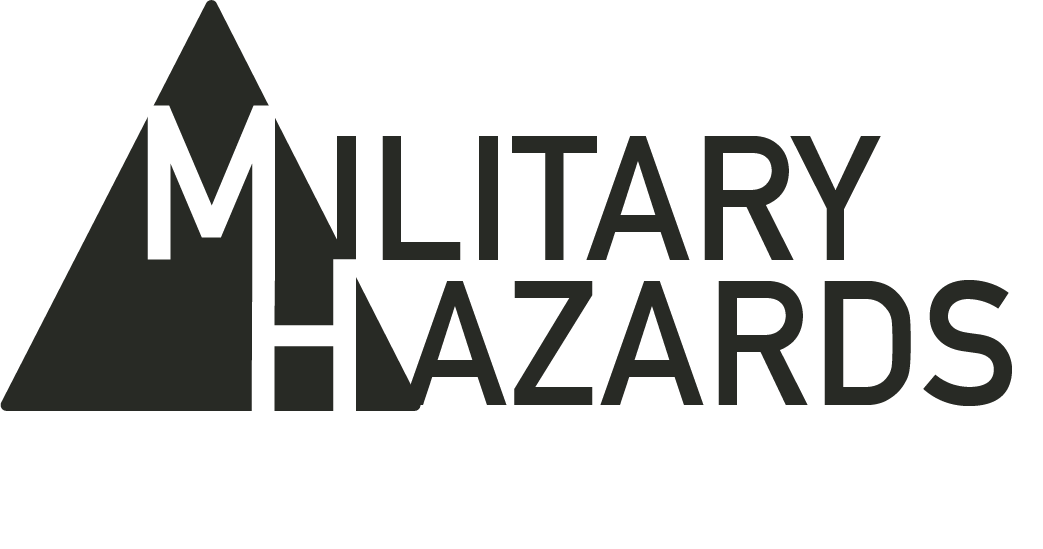Contact Our Legal Partner
"*" indicates required fields

Construction and maintenance workers face a number of hazards in the workplace; everything from falls and electrocution to exposure of hazardous materials. One of the most dangerous hazards for such workers is asbestos. Asbestos is a fibrous mineral that was once widely used in the construction of materials because of its resistance to fire, its durability, and its insulation properties. However, exposure to asbestos fibers can lead to a range of serious health problems like mesothelioma, lung cancer, and asbestosis. Here, we will discuss the occupational hazards faced by construction and maintenance workers to asbestos, including how exposure might occur, the health effects of such exposure, and a few strategies for prevention.
Asbestos
Asbestos is a naturally occurring mineral that was widely used in the production of materials until late in the 20th century. Asbestos fibers are strong, durable, and resistant to heat. This makes it ideal for products relating to insulation, roofing, flooring, pipe, and even brake pads and rotors. However, if asbestos fibers are inhaled, they can become trapped in the lungs and cause a range of health problems.
Exposed to Asbestos

Construction and maintenance employees can be exposed to asbestos fibers in many ways. Some common sources of exposure include the following:
- Demolition and renovation work is perhaps the most common. When older buildings are torn down or renovated, materials containing asbestos can be disturbed and released into the air.
- Repair and maintenance work is also a prevalent source of exposure to asbestos. Workers who do this type of work may come into contact with asbestos containing materials like insulation, roofing, or flooring products.
- Manufacturing of asbestos containing material is also a possible source of exposure. Employees working in these sorts of environments who manufacture products containing asbestos are at a high risk of exposure to asbestos fibers throughout the production process.
Health Effects of Asbestos Exposure
Most prominently, exposure to asbestos can lead to many serious health problems, among these problems are:
- Mesothelioma: Mesothelioma is a rare form of cancer that attacks the lining of the lungs, the abdomen, or even the heart. This form of cancer is almost exclusively caused by asbestos exposure.
- Lung cancer: Because asbestos exposure commonly occurs through inhalation, asbestos exposure also increases the risk of lung cancer – especially in people who smoke.
- Asbestosis: Asbestosis is a chronic lung condition that scars lung tissue. This scarring can0 lead to difficulty breathing.
Preventing Asbestos Exposure
There are several strategies that are available to construction and maintenance to minimize their risk of exposure to asbestos. These include:
- Using personal protective equipment (PPE): Using PPE like protective clothing, gloves, respirators, and proper ventilation techniques when working with asbestos containing materials can significantly reduce the risk of exposure to it.
- Proper handling and disposal: Workers should take extra caution to properly train for handling and disposing of asbestos material. This training normally includes using wet methods to prevent the release of fibers into the air. This approach is the process by which workers spray down their working environment with water before disrupting asbestos-containing material to reduce the amount of airborne particles within the space they are working.
- Regular monitoring of health: Employees at risk of asbestos exposure should receive regular monitoring by a healthcare professional to detect any potential health problems early.
With all of these considerations in mind, asbestos exposure should be taken very seriously by construction and maintenance employees. While the use of asbestos has been significantly reduced in the contemporary production of goods, many older buildings and structures still contain asbestos and place employees working in, on, or around them at risk of exposure. By following vetted safety protocols and using proper PPE, workers can, at the very least, minimize their risk of exposure and protect their health. Yet and still, it should be remembered that employers also bear the responsibility of receiving adequate training to ensure that they are aware of the dangers of asbestos and how to protect themselves from these dangers.
